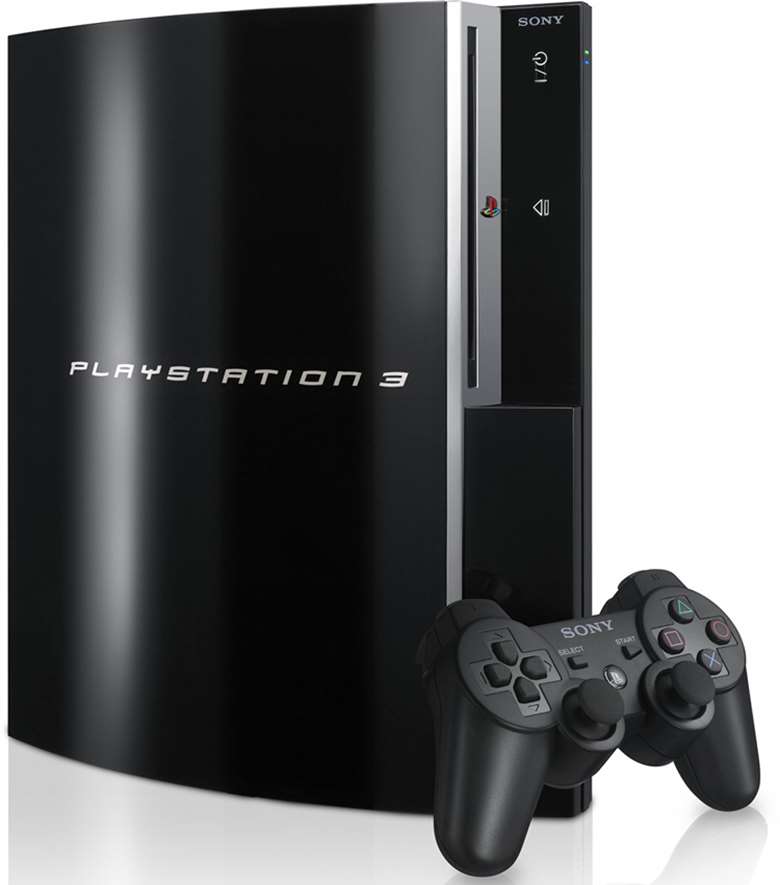How Sony's PlayStation 3 could save your SACD collection
Andrew Everard
Sunday, May 31, 2015
A format some thought was long gone, when SACD proved unable to replace CD in the mass-market, is staging something of a comeback as a computer audio option

Register now to continue reading
Thanks for exploring the Gramophone website. Sign up for a free account today to enjoy the following benefits:
- Free access to 3 subscriber-only articles per month
- Unlimited access to our news, podcasts and awards pages
- Free weekly email newsletter








